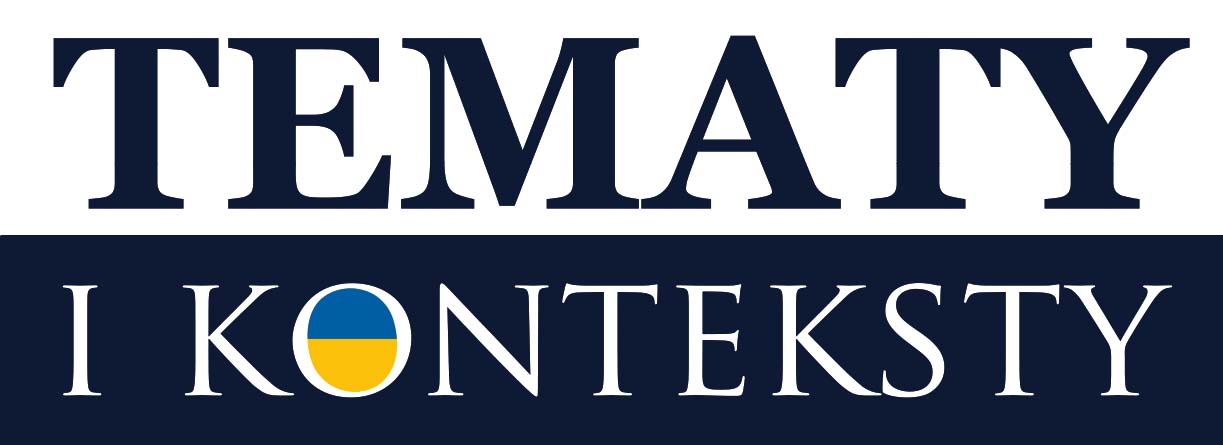Opowieść o „życiopisaniu”. Portret Emily Dickinson w filmie Cicha namiętność Terence’a Daviesa
DOI:
https://doi.org/10.15584/tik.2019.38Słowa kluczowe:
Emily Dickinson, poezja, pisarstwo, cierpienie, szczęście, miłość, miłość saficka, macierzyństwo, ojcostwo, religia, wiara, tajemnica Boga, struktura filmu, kompozycja, montaż, narracjaAbstrakt
Emily Dickinson was not married nor had children, she did not establish a family, but she had a life filled to the brim with love, friendship, suffering, death, searching for God and, of course, writing poems about all these fundamental phenomena of human existence. Her poetry reveals a picture of a woman who is unusually spiritually rich, beautiful and…unhappy, living for the bigger part of her mature existence like a hermit, oftentimes being a witness of deaths of those to whom she was closest. Additionally, perhaps because of her Sapphic inclination, she could experience suffering being forced to suppress it and feeling social isolation or exclusion. On the other hand, any reader of poems by “the nun of Amherst” can sense a great blast of happiness and some ecstatic delight over the existence itself and… the possibility of expressing this delight in poems. Just life itself and poetry were the greatest passions of Dickinson among many others which profusely filled her psyche. Indeed, it is difficult to assess which of these two infatuations was stronger. That is why I used in the title of my essay a neologism: “life-writing” (“życiopisanie”), which was some time ago first employed by the Polish poet Edward Stachura in reference to his own life and poetry. Terence Davies’s movie about Emily Dickinson and her life is a real masterpiece in which the weave of the two main passions Dickinson had, their interpenetration, their ardent intimacy or simply indissolubility and unity have been shown in a deliciously suggestive way. The essay is a modest attempt at using such a way of describing things.
Downloads
Bibliografia
Barańczak S., Wstęp. Skoro nie można mieć wszystkiego, w: E. Dickinson, Wiersze wybrane, przeł. S. Barańczak, Kraków 1997.
Bryll E., Kto zechce ze mną gadać, w: tegoż, Nie proszę o wielkie znaki, Warszawa 2002.
Cody J., After Great Pain: The Inner Life of Emily Dickinson, Cambridge – Massachusetts 1971.
Conrad A., The Wayward Nun of Amherst: Emily Dickinson and Medieval Mystical Women, New York & London 2000.
Dickinson E., 100 wierszy, przeł. S. Barańczak, Kraków 1994.
Dickinson E., Drugie 100 wierszy, przeł. S. Barańczak, Kraków 1995.
Dickinson E., Poezje, przekł. L. Marjańska, Toruń 2013.
Dickinson E., Wiersze wybrane, przeł. S. Barańczak, Kraków 2016.
Donne J., Sonet II, w: S. Barańczak, Antologia angielskiej poezji metafizycznej XVII stulecia, Warszawa 1991.
Herbert Z., Dęby, w: tegoż, Wiersze zebrane, Kraków 2008.
Herbert Z., Wiersze zebrane, Kraków 2008.
Johnson Th. H., Emily Dickinson. An Interpretive Biography, New York 1976.
Miłosz C., Twój głos, w: tegoż, Wiersze wszystkie, Kraków 2011.
Rogalski A., Annetta i Emilia. Biografia Annetty Von Droste-Hülshoff (1797–1848) i Emilii Dickinson (1830–1886), Warszawa 1980.
Różewicz T., Cierń, w: tegoż, Poezja, t. 2, Kraków 1988.
Sewall R. B., The Life of Emily Dickinson, New York 1975.
Smith J., Kapusta A., Suffering as a Poetic Strategy of Emily Dickinson, Cracow 2011.
Szymborska W., Nic dwa razy. Wybór wierszy, Kraków 1997.
Św. Augustyn, Wyznania, przeł. ks. dr J. Czuj, Warszawa 2001.
The Complete Poems of Emily Dickinson, Ed. by Th. H. Johnson, Boston – Toronto 1960.
https://www. emilydickinsonmuseum.org
Hasło: Emily Dickinson. Wikipedia. https://en.wikipedia.org/wiki/Emily_Dickinson
Pobrania
Opublikowane
Jak cytować
Numer
Dział
Licencja
Prawa autorskie (c) 2019 Tematy i Konteksty

Utwór dostępny jest na licencji Creative Commons Uznanie autorstwa – Użycie niekomercyjne – Bez utworów zależnych 4.0 Międzynarodowe.




